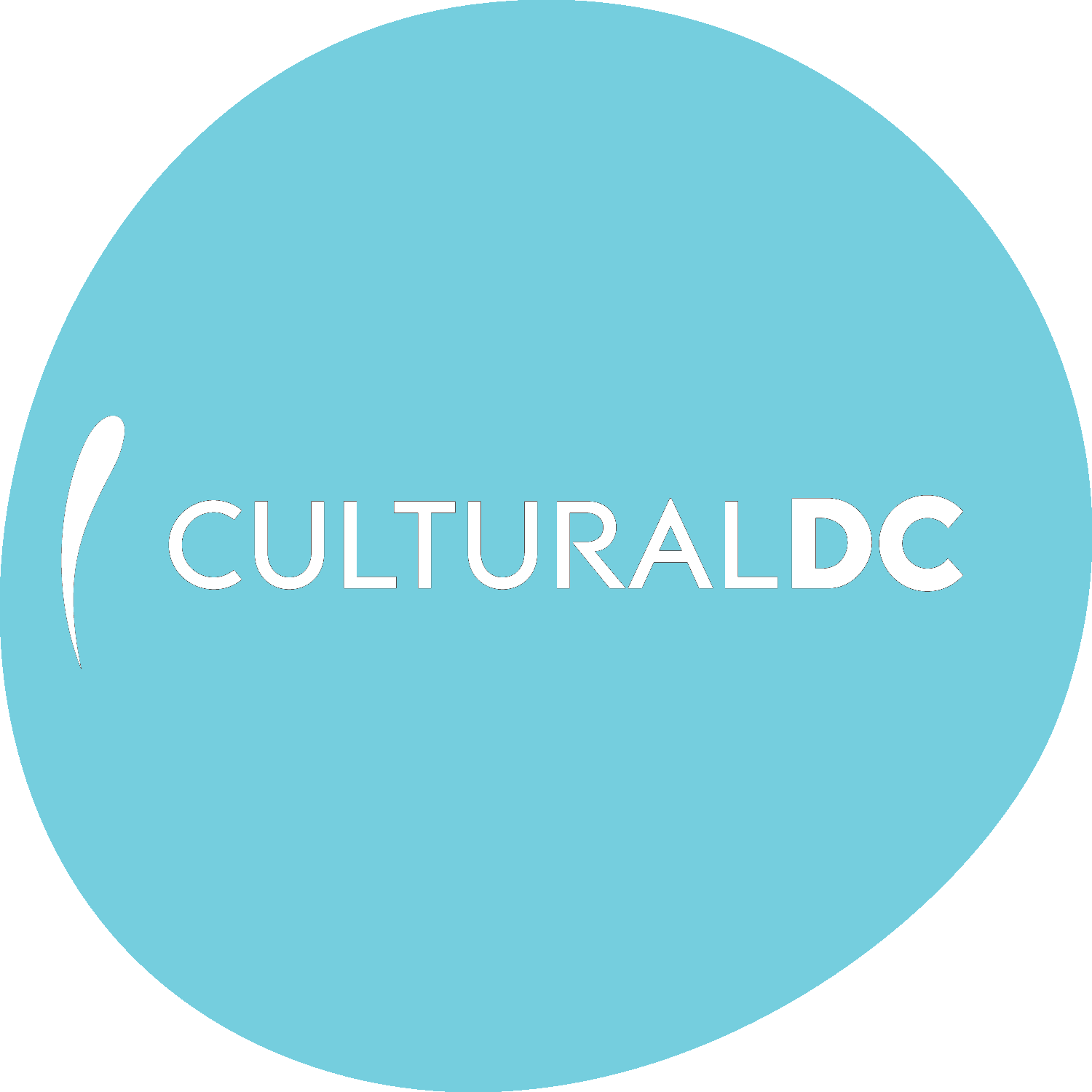Inaugural Capital Artist Resident: Umar Rashid
Picture Credit: Isaac Maiselman
“I’m very pleased and excited to have been selected for this inaugural residency. In this year of transformation and a huge inauguration in this country in particular, this opportunity is right on time! A return to normalcy, if not entirely normal, is a welcome boon. Ever since I met the late, incomparable Peggy Cooper Cafritz in 2009, the city of Washington D.C. has been a beneficent source of inspiration and power for me. I look forward to creating another chapter of my sprawling, global narrative there, this summer.”
Residency Focus
Given the global and cosmopolitan atmosphere of the nation's capital, intertwined with the history of colonial commerce throughout the centuries, Rashid created works based on the international colonial diet. As we know, (or at least we should) a great many ubiquitous foodstuffs that seem so commonplace originated in the Americas. From tomatoes and corn to potatoes and chocolate, the culinary arsenal of the world has been shaped by brutal economic practices. Or, in another word, Culinarialism.
Residency Period
Umar and his family stayed in Washington, D.C. for a month in 2021 at the âme apartment in a unit provided by Jair Lynch Real Estate Partners. âme – ‘soul’ in French – was previously a women’s hotel during World War II and a dormitory building operated by Howard University from 1969 to 2014. His exhibit will open in Fall 2021 in the Mobile Art Gallery in Southeast D.C.
About
Umar Rashid (Frohawk Two Feathers) is a Los Angeles-based artist who re-imagines 18th century colonial history, conjuring a fictional cast of subjects within his own original, ongoing narrative that includes a rebel fighting force of freed slaves, militiamen, dikes, lords and tribesmen. Two Feathers paints ink and acrylic scenes onto coffee and tea-stained paper, detailing colonial uprisings against the imaginary superpowers Frengland and Fenoscandia. His images contain a mashup of historical and cultural references combining elements of 18th and 19th century colonial portraiture and folk art with visual signifiers of contemporary urban culture, including jewelry and body art associated with present-day gangsters and hipsters. Two Feathers wryly points to the instability of public histories and confronts issues of race, power and greed.


